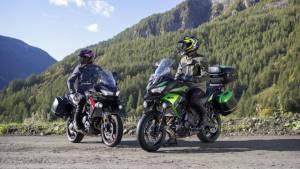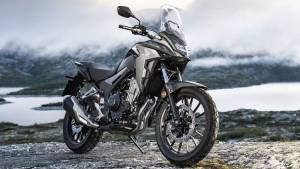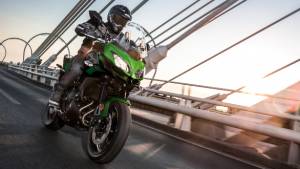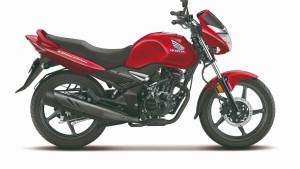Kawasaki Versys 650 first look review
The Kawasaki Versys 650 received a fairly comprehensive update last year (as a 2015 model). Kawasaki India is now expected to announce that you can buy a Versys 650 from its small but busy distribution network in India. Let us take a look at the Versys 650, a motorcycle that could be a game changer for the Kawasaki in the same way that the Ninja 650 was a few years ago.
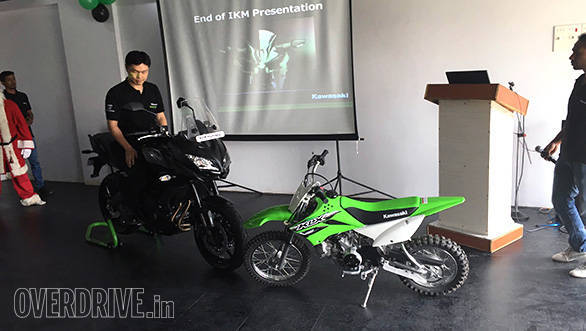
History and origins
The story of the Versys (Versatile System was the original explanation of the Kawasaki-coined word) begins with its introduction as a 2007 model to Europe and Canada. It borrowed elements liberally from dual-sports (like Kawasaki's own, legendary KLR650), standard motorcycles, spots bikes as well as adventure tourers. Kawasaki made an oddly shrewd choice in the way these elements came together because the Versys has always been a more or less completely road-oriented motorcycle and yet, it's never clearly fallen into a category.

The model India should get to purchase shortly is the 2015 edition of the model. It ditched the distinctive but odd styling of the previous models for a sharper, twin-headlamp design that speaks to current Kawasaki design ideas and takes unabashedly after the Versys 1000, which is not only sale but it also impressed us a lot during our big adventure tourer ride earlier this year.
Design
The 2015 Versys got a new fairing which looks familiar if you know the Versys 1000 already. The same beaky appearance strikes you and I personally like darker colours - green, likely to be launched in India - to the lighter ones - white, not that confident it'll be on offer immediately.
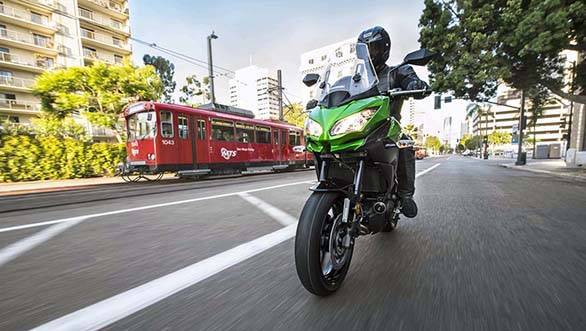
Up top is an adjustable screen - we've used this on the Versys 1000 and it proved to be terrific, covering heights from 5'7" to 6'2" with great ease and effectiveness. Also new is the new LED tail light, hand holds for the pillion and the plastics in that area.
Engine
As we explained in our Versys family specification comparison story, the Versys 650's 649cc parallel twin cylinder engine is the same as the one we know so well from the Ninja 650 and the more recent ER-6n. The engine has been tuned differently though, using a new exhaust design and ECU changes to create a more torquey package overall though it shares peak torque - 64Nm at 7,000rpm - with the Ninja 650. Outright power is lower by a smidge though - 69PS at 8,500rpm.
The fuel injected engine is liquid-cooled and it features a ducting system that directs hot air away from the rider's legs. The transmission is the same 6-speed unit as the Ninja 650 with no changes to either internal gearing, primary reduction or final chain drive.
For 2015, Kawasaki did rubber mount both the engine and handlebar to reduce the amount of vibration the rider can feel.
Chassis and cycle parts
The Versys 650 uses the same tubular steel frame as the Ninja 650 but with some tweaks. First, the rake is the same at 25° but the trail is slightly less at 108mm. Kawasaki added in a new subframe in the 2015 motorcycle to accommodate a pillion rider and luggage better.
The whole kit and caboodle rides a bit higher up and the ground clearance is 170mm. The suspension spec is definitely higher than the Ninja 650. The forks are 41mm upside down units, Showa's well-received Separate Function Forks or SFFs. These use one fork leg to offer preload adjustability while rebound damping is on the other leg. This shaves some weight and has proven to be an effective arrangement. At the back, Kawasaki use the same direct-mount laid down offset rear KYB monoshock. But this unit has a remote preload adjuster so you can quickly alter ride height, even with luggage mounted, should you need it.
Kawasaki use a Nissin twin 300mm disc setup in the front with ABS while the rear disc brake grew to 250mm in the 2015 update. More braking power at the rear is good when you have lots of luggage and/or a pillion.
Variants and pricing
Kawasaki offers four variants of the Versys 650 in Europe and the primary variation amongst them is a combination of luggage options - side panniers and/or top box - and auxiliary lighting. Kawasaki does off-factory panniers on the Versys 1000 but at Rs 45,000, they're an expensive purchase. For us, Kawasaki will only launch the base model, offering lights and luggage as available add-ons as well. Kawasaki also offers hand-guards which may not have great utility in a crash or indeed in off-road riding since the Versys' 17" wheels more or less clearly state its tarmac-only intent. But they're a boon on a cold morning.
Overall
Our adventure bikes ride and our middleweights comparison tells us that a middleweight adventure tourer-style motorcycle would probably be the best fit for the variable riding conditions that India currently offers. What's really exciting about the Versys 650 is that it's exactly that combination of attributes on paper. If the promises the spec makes are delivered, the combination of that performance with the unbreakable nature of the Ninja 650 could be a killer USP that other manufacturers will find a headache to compete with.
Which leaves the matter of pricing. The difference in the US between the ABS Ninja 650 and the Versys 650 ABS is about $400, about Rs 30,000. Add the difference in cost for the ABS and that jumps to about Rs 50,000 all told. With Indian taxes and duties added, it's 1.1 lakh higher than the current Ninja 650 (which retails at Rs 5.52 lakh ex-Mumbai). Which translates to about Rs 6.6 lakh ex-showroom Mumbai. And that's terrific value, no matter how you slice it.
Also see:
Kawasaki Versys 650 ABS launched in India at Rs 6.6 lakh
Comparo: Brutale 800 vs CBR650F vs Ninja 650 vs Scrambler vs Street Triple vs TNT 600i vs Z800
